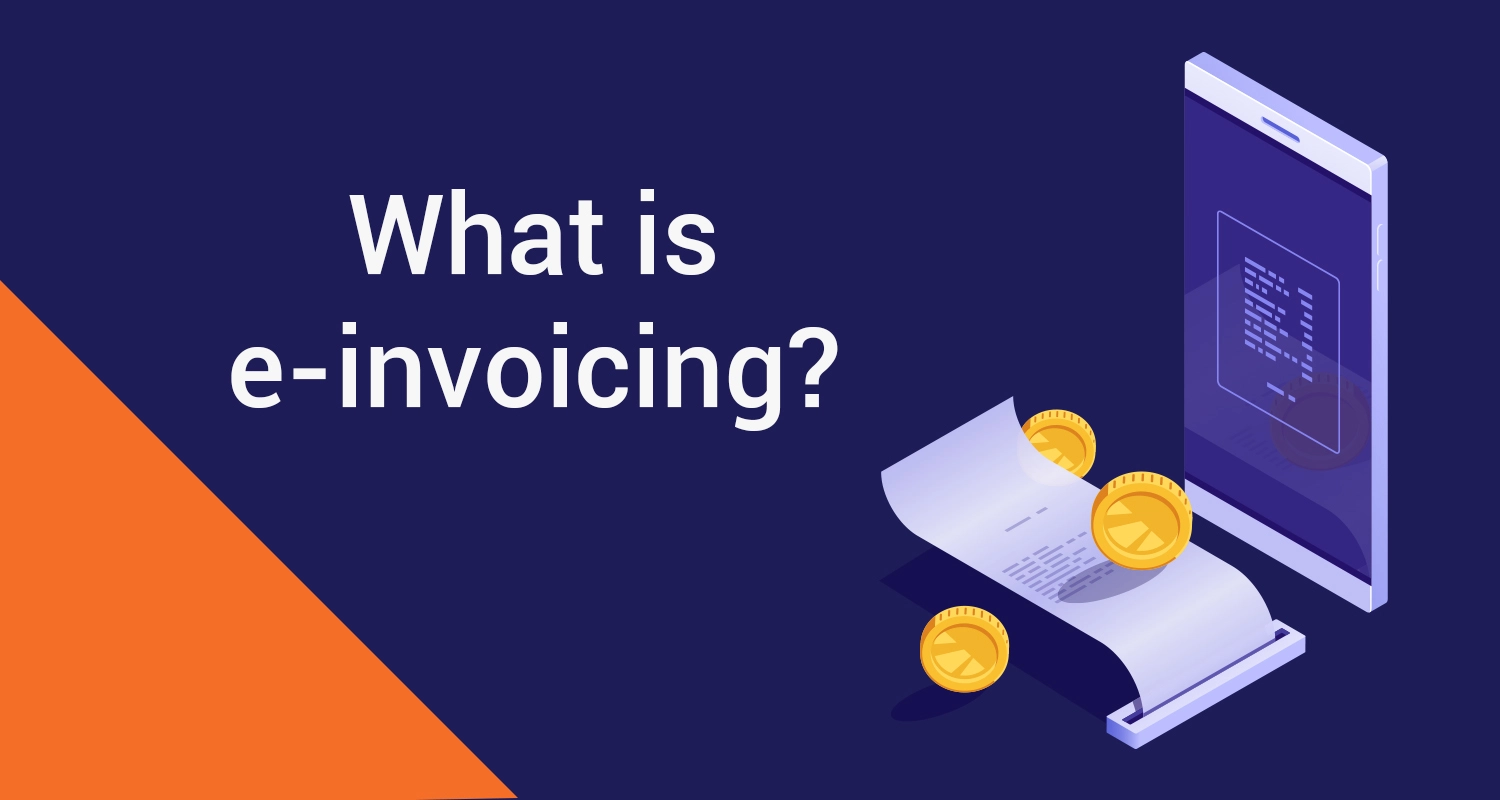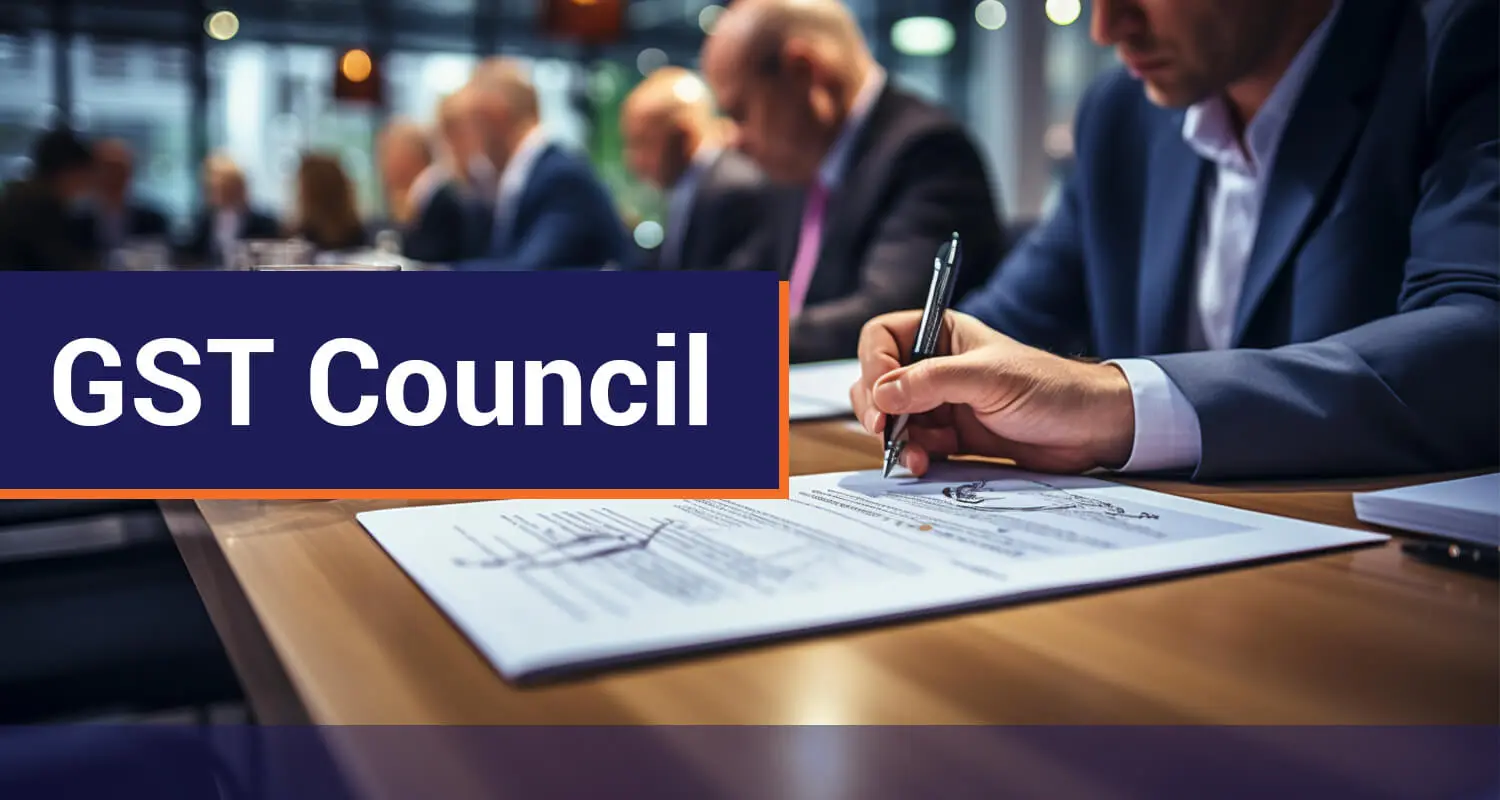What is e-Invoicing Under GST

The Indian Goods and Services Tax Network (GSTN) has ushered in a new era of streamlined tax filing with the introduction of e-invoicing. But what exactly is e-invoicing, and why is it becoming increasingly important for businesses?
What is E-Invoicing?
E-invoicing refers to the electronic exchange of invoices between a supplier and a buyer. Unlike paper invoices, e-invoices are digitally generated, validated by a government portal, and ensure a standardized format for all businesses. This standardization streamlines invoice processing, minimizes errors, and facilitates data exchange across different GST ecosystems.
Why is E-Invoicing Necessary?
Tax authorities worldwide are actively promoting e-invoicing for two primary reasons:
- Simplified Data Sharing: Standardized e-invoices enable seamless sharing of invoice data between businesses and the central tax system.
- Automated Reconciliation: E-invoices allow for pre-populated fields during tax return filing, reducing discrepancies arising from manual data entry and reconciliation.
The E-Invoicing Timeline and Implementation
As of April 30, 2023, there was no mandated timeframe for generating e-invoices. However, from May 1, 2023, taxpayers with an Annual Aggregate Turnover (AATO) of ₹100 crore or more must generate e-invoices within seven days of the invoice date. For other applicable taxpayers, there's no defined deadline, but creating e-invoices a week before filing GSTR-1 returns is recommended to ensure automatic data population.
How to Generating E-Invoicing under GST in India
The e-invoicing under GST system involves communication between:
- Businesses and the Invoice Registration Portal (IRP)
- IRP, GST/e-Way Bill systems, and the buyer
Taxpayers can generate invoices using their existing accounting software, but reporting now happens electronically. Specific mandatory details, such as supplier and buyer information, item details, and invoice values, must be included. Once finalized, the invoice data is uploaded to the IRP in a specific format (JSON) for validation and generation of a unique Invoice Reference Number (IRN).
The IRP acts as a central hub, receiving, validating, and digitally signing invoices uploaded by sellers. The digitally signed invoice with the IRN is then returned to the seller and shared with the GST and e-Way Bill systems. This facilitates automatic updates in GSTR returns, e-Way Bill generation (if applicable), and ultimately, simplifies tax filing and reduces errors.
Sapna aapka. Business Loan Humara.
Apply NowWhat is the e-invoice limit in GST?
| Phase | Turnover more than | Applicable Date | Notification Number |
| I | Rs. 500 crore | 01.10.2020 | 61/2020 – Central Tax and 70/2020 – Central Tax |
| II | Rs. 100 crore | 01.01.2021 | 88/2020 – Central Tax |
| III | Rs. 50 crore | 01.04.2021 | 5/2021 – Central Tax |
| IV | Rs. 20 crore | 01.04.2022 | 1/2022 – Central Tax |
| V | Rs. 10 crore | 01.10.2022 | 17/2022 – Central Tax |
| VI | Rs. 5 crore | 01.08.2023 | 10/2023 - Central Tax |
The taxpayers must comply with e-invoicing in GST in FY 2022-23 and onwards if their e invoice limit or turnover exceeds the specified limit in any financial year from 2017-18 to 2021-22. Also, the aggregate turnover will include the turnover of all GSTINs under a single PAN across India.
How to create a unique Invoice Reference Number (IRN)
Here’s how the IRN works
Seller Submits Invoice Details: You send your invoice information (GSTIN, document type, number, and year) to the Invoice Registration Portal (IRP).
IRP Creates a Unique Hash: The IRP acts like a secure vault. It takes your invoice details and scrambles them using a special algorithm, creating a unique code - the IRN. This ensures no two invoices can have the same IRN.
Duplicate Check and Digital Signature: The IRP checks for duplicate invoices. If everything's clear, it adds its digital signature and a QR code to your invoice data.
The IRP will generate a hash. Consider that as the Invoice Reference Number (IRN) for the e-invoice.
How to update the invoice to the GST and bill systems?
Once the IRN is generated, the process continues:
- Seller Receives Signed Invoice: You receive your digitally signed invoice with the IRN.
- Data Shared with GST and e-Way Bill Systems: This signed invoice data is then sent to the GST system and, if applicable, the e-Way Bill system.
- Automatic Tax Return Updates: The GST system automatically updates your GSTR-1 (seller) and the buyer's GSTR-2A, simplifying tax calculations and credit claims.
- Generating e-Way Bill (if applicable): If your invoice involves transporting goods, details like transporter ID and vehicle number are used to generate an e-Way Bill seamlessly.
Registering for E-Invoicing in GST
For GST-registered taxpayers with a valid GSTIN, registering on the e-invoicing portal is straightforward. Existing E-way Bill (EWB) portal credentials can be used for login.
In case you have not yet registered yourself in the EWB portal, you have the option of registering in the e-invoicing system directly. Ensure that you have a GSTIN and a mobile number registered in the GST portal.
Step 1: Go to Invoice Registration Portal (IRP) and click on Registration
Step 2: You will be redirected to E-invoice Registration Form
Step 3: Type in your business GSTIN and Captcha
Step 4: Confirm your details and request for an OTP verification
Step 5: After OTP verification, the system will prompt you to enter username and password of your choice.
Step 6: Re-enter your login credentials and click Save to confirm
Step 7: You can now access the e-invoicing system with your new credentials
Benefits of E-Invoicing in GST for Businesses
E-invoicing in GST offers a multitude of advantages for businesses:
- Reduced Errors: Standardized format and pre-populated tax returns minimize data entry errors.
- Real-Time Tracking: Businesses can track invoices created in real-time.
- Automated Tax Filing: E-invoices automatically populate GST return forms, streamlining the filing process.
- Faster Input Tax Credit: Faster claim processing of genuine input tax credits.
- Reduced Audits: Reduced likelihood of audits due to readily available transaction-level data.
- Improved Credit Access: Easier access to formal credit options like invoice discounting or financing.
- Enhanced Customer Relations: Streamlined B2B transactions can foster stronger customer relationships.
Combating Tax Evasion with E-Invoicing
E-invoicing plays a crucial role in curbing tax evasion by:
- Real-Time Transaction Monitoring: Tax authorities have access to real-time transaction data through mandatory e-invoice generation.
- Reduced Invoice Manipulation: The requirement to generate invoices before transactions reduces the scope for manipulation.
- Curbing Fake Invoices: E-invoicing minimizes the use of fake invoices, ensuring only genuine input tax credits are claimed.
Conclusion
E-invoicing represents a significant step forward in simplifying tax processes and promoting transparency in business transactions. By adopting this system, businesses can not only ensure compliance but also unlock a range of benefits that contribute to operational efficiency and growth. As the government continues to roll out e-invoicing mandates, staying informed and adapting to this digital transformation is key for businesses to thrive in the evolving tax landscape.
FAQs
Q1. Who needs to use e-invoicing?Ans. E-invoicing is mandatory for businesses registered under GST whose total turnover in any financial year between 2017-18 and 2021-22 was above Rs. 20 crore. As of August 1st, 2023, businesses with a turnover exceeding Rs. 5 crore but less than Rs. 10 crore also need to comply. There are some exceptions, so be sure to review the relevant regulations.
Q2. Can I partially cancel an e-invoice?Ans. Unfortunately, no. E-invoices can only be cancelled entirely. If you need to cancel an e-invoice, it's crucial to report the cancellation to the IRN within 24 hours. If you miss this window, you'll have to cancel it manually on the GST portal before filing your returns.
Q3. Can I upload invoices in bulk to generate IRNs?Ans. Currently, the IRP doesn't allow bulk uploading of invoices for IRN generation. Each invoice needs to be uploaded individually. Businesses will need to ensure their ERP systems can handle individual invoice uploads for IRN requests.
Q4. What types of documents need to be submitted as e-invoices?Ans. Under GST law, you'll need to report the following documents as e-invoices:
- Invoices issued by you (the supplier) for goods and services sold.
- Credit notes and debit notes used for adjustments to invoices, such as returns or discounts.
- Any other documents mandated by GST. Stay updated on GST regulations to ensure compliance.
Sapna aapka. Business Loan Humara.
Apply NowDisclaimer: The information contained in this post is for general information purposes only. IIFL Finance Limited (including its associates and affiliates) ("the Company") assumes no liability or responsibility for any errors or omissions in the contents of this post and under no circumstances shall the Company be liable for any damage, loss, injury or disappointment etc. suffered by any reader. All information in this post is provided "as is", with no guarantee of completeness, accuracy, timeliness or of the results etc. obtained from the use of this information, and without warranty of any kind, express or implied, including, but not limited to warranties of performance, merchantability and fitness for a particular purpose. Given the changing nature of laws, rules and regulations, there may be delays, omissions or inaccuracies in the information contained in this post. The information on this post is provided with the understanding that the Company is not herein engaged in rendering legal, accounting, tax, or other professional advice and services. As such, it should not be used as a substitute for consultation with professional accounting, tax, legal or other competent advisers. This post may contain views and opinions which are those of the authors and do not necessarily reflect the official policy or position of any other agency or organization. This post may also contain links to external websites that are not provided or maintained by or in any way affiliated with the Company and the Company does not guarantee the accuracy, relevance, timeliness, or completeness of any information on these external websites. Any/ all (Gold/ Personal/ Business) loan product specifications and information that maybe stated in this post are subject to change from time to time, readers are advised to reach out to the Company for current specifications of the said (Gold/ Personal/ Business) loan.



